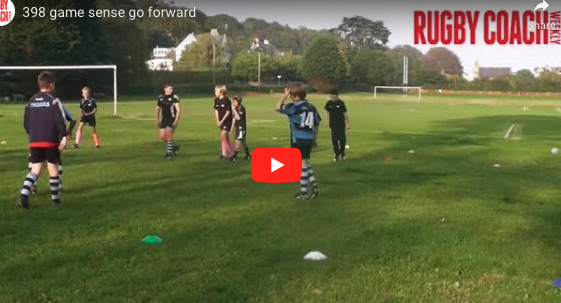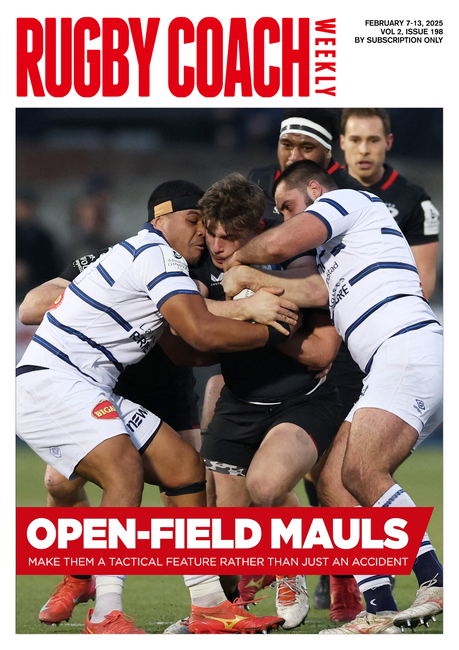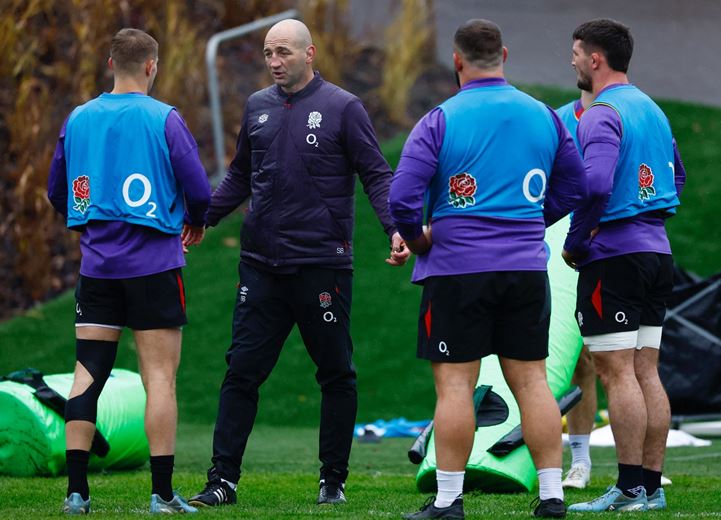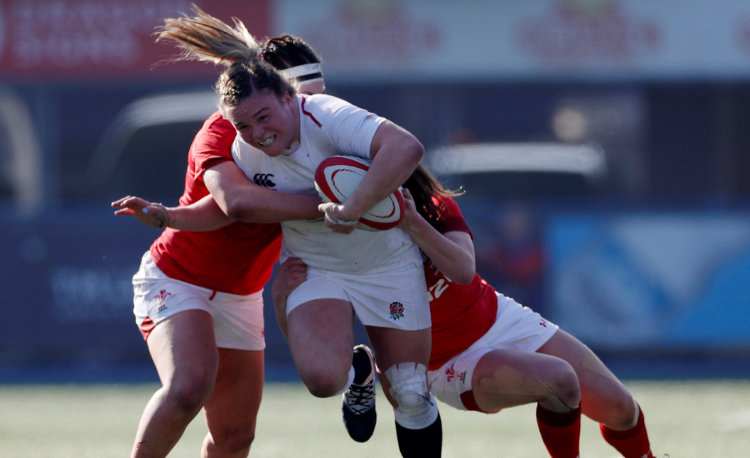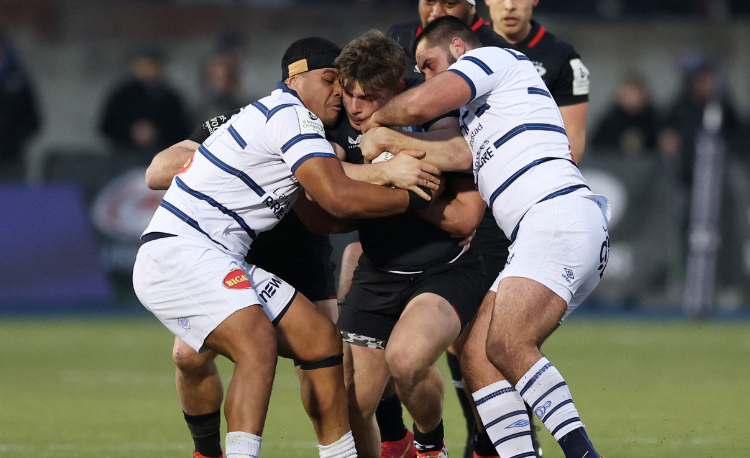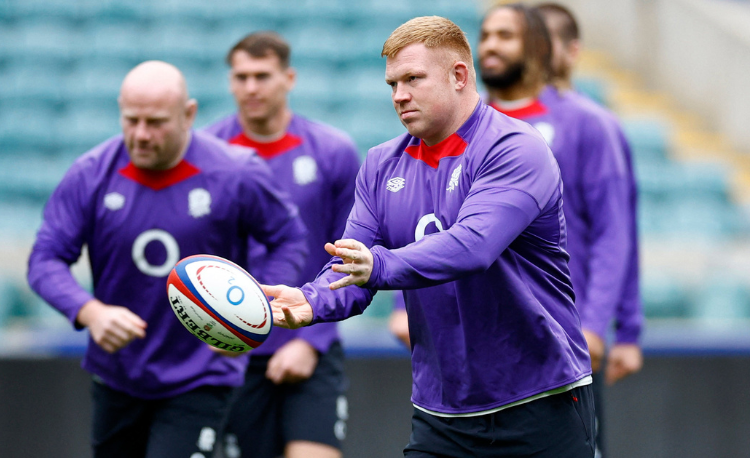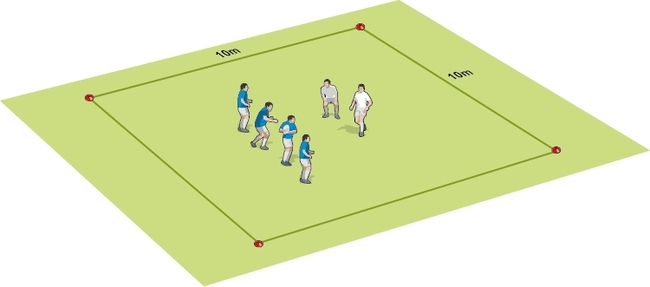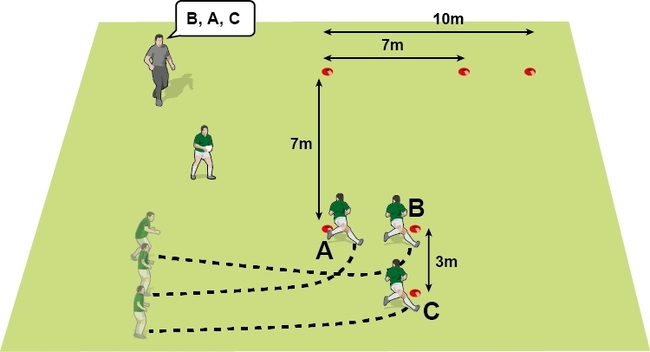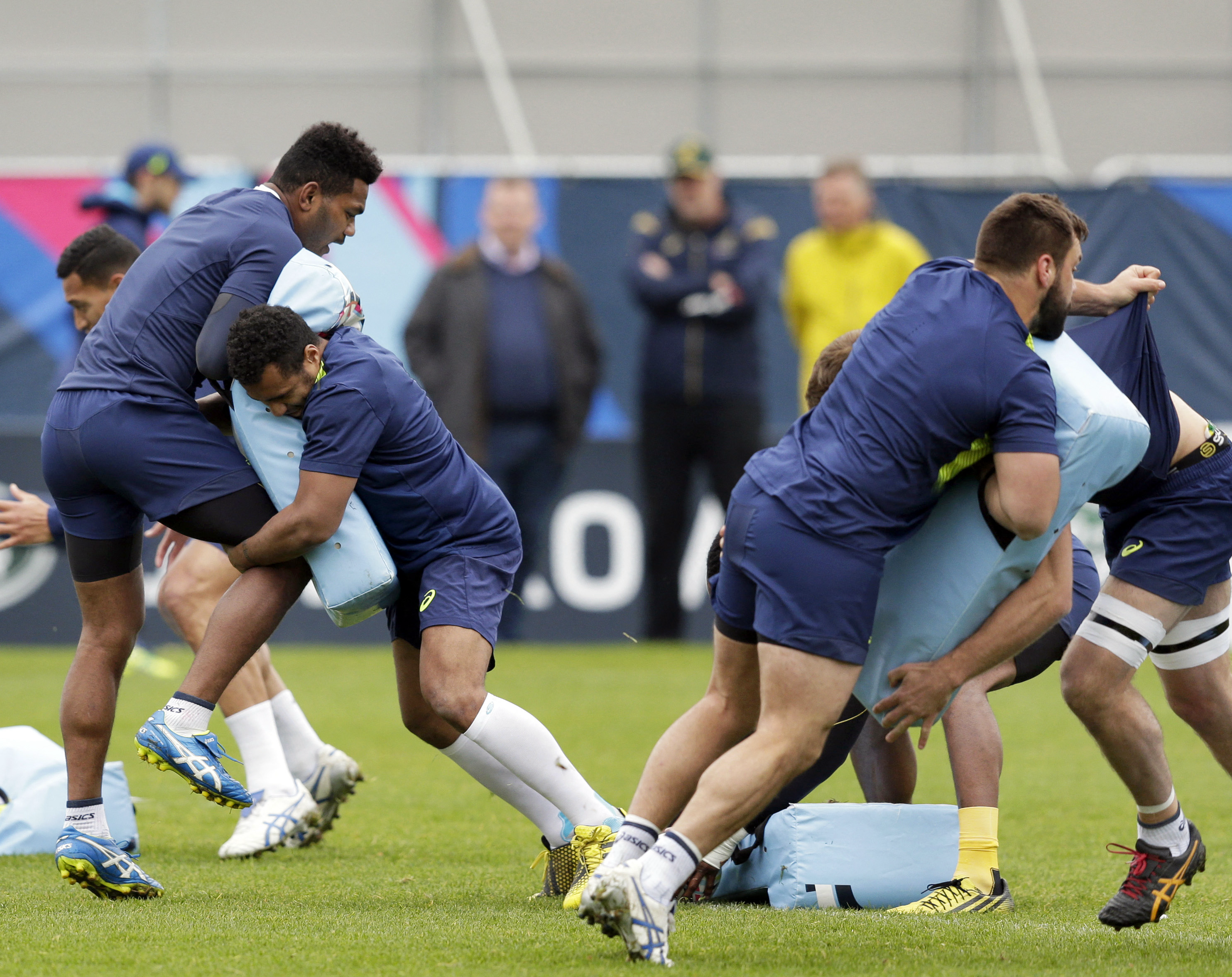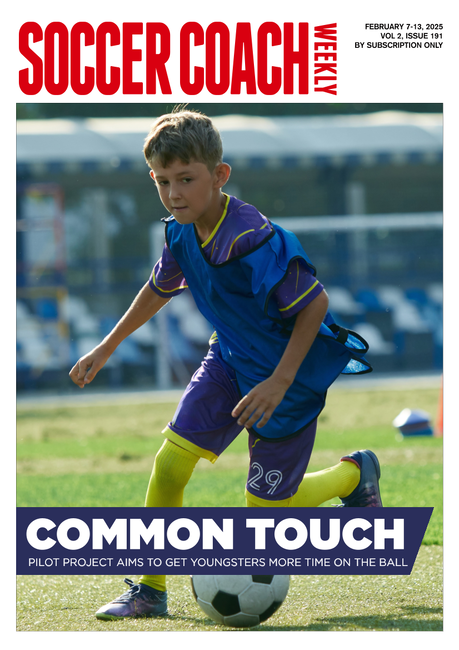How do you stop young players bunching around the ball
How many times do we see young players crowding around the ball carrier. Eventually, they will learn to spread out, but here’s how to accelerate that process.

Bunching around the ball won’t be cured quickly. Like any aspect that takes time to develop, we need to look for small signs of improvement and praise individuals who make these improvements.
A lot of rugby is about realignment, both in attack and defence. The problem comes from translating training exercises into game situations. Realignment is fine if you have two players in a group, because one easily realigns with another.
For instance, if you set up a 2 v 1 exercise, the receiver will know roughly where to stand. When it comes to four players, it’s more difficult and put that into a dynamic situation where players have to react to a tackle, then the second and third receivers might want to bump themselves up to first receiver.
Especially at under 9s, where passing chains (numbers of consecutive passes) rarely get beyond two passes, there’s not much incentive to be a third receiver. The Law of the Jungle suggests that if you want to touch the ball, you get close to it. And so everyone will be crowding around the ball.
You have to work within the confines of this mind set.
At under 9s and 10s, the clearing pass (the pass away from the tackle area) makes quite a difference because a good, fast pass keeps the game open and quick, which reduces bunching. Players don’t have time to crowd around the ball.
So, work on all the players getting to a ball on the ground (or out of a tackle) and passing immediately. They shouldn’t worry too much in training if the others are not in place – that’s the support players’ problem.
Bunching occurs when the clearing passer delays and the first receivers stack up.
Also, as a training game, play a rule where the first receiver must pass to a player who is moving forward. He, that’s the first receiver, cannot run himself. This one-out passing play can become a tactic as well as a good habit.
But, like all skills as this age, be patient with this game. Play it every training session for a month, but only for five minutes in the first few weeks. Frankly, it will be a mess for these first few weeks.
But, as the players become attuned to it, they’ll realise quite quickly that they will lose possession if they don’t play to that rule. As this skills develops, you will find players realigning to receive the second pass.
Use these activities to prompt less bunching...

Bunching around the ball won’t be cured quickly. Like any aspect that takes time to develop, we need to look for small signs of improvement and praise individuals who make these improvements.
WHY PLAYERS BUNCH
A lot of rugby is about realignment, both in attack and defence. The problem comes from translating training exercises into game situations. Realignment is fine if you have two players in a group, because one easily realigns with another.
For instance, if you set up a 2 v 1 exercise, the receiver will know roughly where to stand. When it comes to four players, it’s more difficult and put that into a dynamic situation where players have to react to a tackle, then the second and third receivers might want to bump themselves up to first receiver.
Especially at under 9s, where passing chains (numbers of consecutive passes) rarely get beyond two passes, there’s not much incentive to be a third receiver. The Law of the Jungle suggests that if you want to touch the ball, you get close to it. And so everyone will be crowding around the ball.
You have to work within the confines of this mind set.
CLEARING PASS TO START
At under 9s and 10s, the clearing pass (the pass away from the tackle area) makes quite a difference because a good, fast pass keeps the game open and quick, which reduces bunching. Players don’t have time to crowd around the ball.
So, work on all the players getting to a ball on the ground (or out of a tackle) and passing immediately. They shouldn’t worry too much in training if the others are not in place – that’s the support players’ problem.
Bunching occurs when the clearing passer delays and the first receivers stack up.
TRAINING GAME
Also, as a training game, play a rule where the first receiver must pass to a player who is moving forward. He, that’s the first receiver, cannot run himself. This one-out passing play can become a tactic as well as a good habit.
But, like all skills as this age, be patient with this game. Play it every training session for a month, but only for five minutes in the first few weeks. Frankly, it will be a mess for these first few weeks.
But, as the players become attuned to it, they’ll realise quite quickly that they will lose possession if they don’t play to that rule. As this skills develops, you will find players realigning to receive the second pass.
Use these activities to prompt less bunching...
Newsletter Sign Up
Coaches Testimonials

Gerald Kearney, Downtown Las Vegas Soccer Club

Paul Butler, Florida, USA

Rick Shields, Springboro, USA

Tony Green, Pierrefonds Titans, Quebec, Canada
Subscribe Today
Be a more effective, more successful rugby coach
In a recent survey 89% of subscribers said Rugby Coach Weekly makes them more confident, 91% said Rugby Coach Weekly makes them a more effective coach and 93% said Rugby Coach Weekly makes them more inspired.
Get Weekly Inspiration
All the latest techniques and approaches
Rugby Coach Weekly offers proven and easy to use rugby drills, coaching sessions, practice plans, small-sided games, warm-ups, training tips and advice.
We've been at the cutting edge of rugby coaching since we launched in 2005, creating resources for the grassroots youth coach, following best practice from around the world and insights from the professional game.

